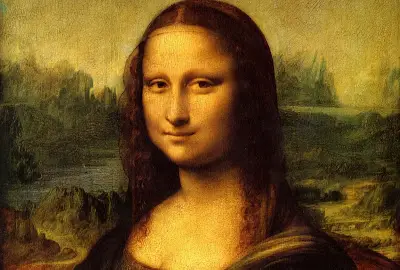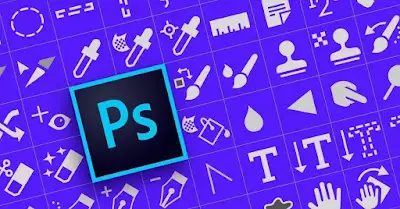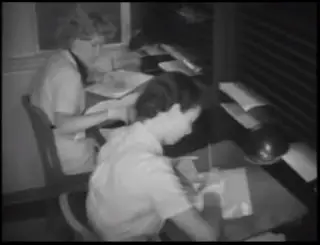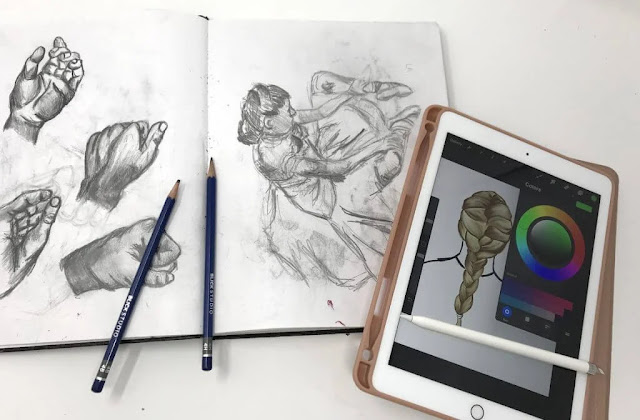A debate that is as old as digital art itself is whether or not Digital Art is considered “Real Art.”
The debate was sparked when digital software had evolved and people had started using it for editing, retouching and coloring their traditional art, this process can also be known as photo manipulation.
It was considered a nice change in the monotony of people’s traditional techniques of making art which included painting, drawing, sculpting and animating with brushes, pencils, chisels and paper.
However, in the late 1980s with the introduction of personal computers, people slowly realized the benefits of digital art and noticed themselves using it to create full pieces of artwork, to be honored with a frame of its own.
The debate started when traditional artists had acknowledged this new “revolution” and had criticized it for not being a “true form of art.”
Why do they make such remarks and how much truth is there to it?
What Traditional Artists Have to Say

Traditional Art is art using classical techniques in drawing, painting and sculpting. Artists that practice traditional art are usually skilled in fine arts and honor traditional methods to express human emotions and experiences.
Traditional Artists argue that digital art is considered cheating as digital software has progressed to the point where artists don’t require to put in nearly as much effort to create beautiful pieces of art.
The tools provided are so advanced that digital artists can just “click and drag” to create artwork as the tools do everything for them.
There is some truth to the latter statement as nowadays these tools have evolved to make certain traditional processes to be done with a touch of a button.
For example, to create a gradient, traditional artists would have to have the right set of tools, they must have knowledge of shading and blending colors together and can take up to hours to get the consistency just right.
Whereas, in Photoshop, all you have to do is select the gradient tool and select the colors you want to blend together, and you will have a nice, error-free, consistent gradient.
But then again there are some traditional artists that think digital art does not require any effort at all to make and I think this is due to their flawed understanding of what the process of digital art is like.
Some traditional artists believe that drawing or painting digitally is as simple as telling the computer what to do and it will appear on the screen.
This is obviously not true and many digital artists who spend hours mastering their craft are offended by this statement which we will further discuss.
Let’s consider the effects digital software has had in the downfall of art.
Has Digital Software Ruined Art?

As I noted above the traditional artists do have somewhat of a valid argument against digital artists when they state that the design tools do their job for them which makes it unfair for traditional art.
Digital software has advanced to extreme lengths making things that seemed almost impossible to achieve within designers’ reach.
It is also important to note that many people have gone jobless due to the rise of digital software, let’s look at animation for example.
To make the original “Snow White and the Seven Dwarfs” it took a team of 750 artists to make more than 2 million hand drawn sketches. That is a lot of manual labor.

However, using digital software, this time and the number of employees could be cut short as you could undo any mistakes you had made rather than erasing them. You can easily fill in the colors using the paint bucket tool other than painting it, and rather than photographing every single scene – digital applications come with in-built frame by frame animation software.
This was just an example and can be applied to many other art forms such as painting. In digital paintings, you don’t have to go through the trouble of mixing and matching paints together, rather you can use whichever one you like from the millions of color swatches provided.
What Digital Artists have to say

By now we have discussed what traditional artists have to say against the use of digital art and calling it “Art.”
However, digital artists have also come forth with a fairly strong and valid argument on their behalf against the critiques of their beloved art style.
They start off by stating that even though they are given an advantage over traditional techniques because of advanced features and software these are just tools.
Just like artists have brushes, paints and chisels digital artists have the paint bucket tool, the eraser tool and the selection tool.
Even though these tools are both productively efficient and cost-effective it is important to remember that these are just tools to create a bigger picture.
This means no person can just claim himself as a digital artist just because he has the latest version of Photoshop or Illustrator as creating digital art also requires extensive skill and focus.
With no knowledge of digital software and the elements of art people are unable to create pieces of artwork no matter how good the software gets.
At the end of the day we should realize that these are just machines, and machines cannot operate without a person who knows what he or she’s doing.
Conclusion

To conclude, traditional artists say that digital art isn’t real art as they state the computer just does everything for them. This isn’t true as digital artists use digital tools and software to aid their artwork – not let it make it for them.
Digital artists argue that even though they were given advantage over traditional methods of art using digital tools they still have to give in their input.
The computer or software won’t just do all the work for the artist – depsite how people think digital art is made. It will do what it wants it to do if the artist is skilled enough to make it happen in the first place.
In the end, we come to know that both traditional art and digital art are two separate entities in the art world – both with their own strengths, weaknesses and processes.
Digital art might be able to dominate the social media game with it’s stunning aesthetics but it loses to traditional art in gallery exhibitions.
Both are considered real art in their own unique way.
So, go ahead and buy yourself a good drawing tablet and start creating your digital masterpiece.